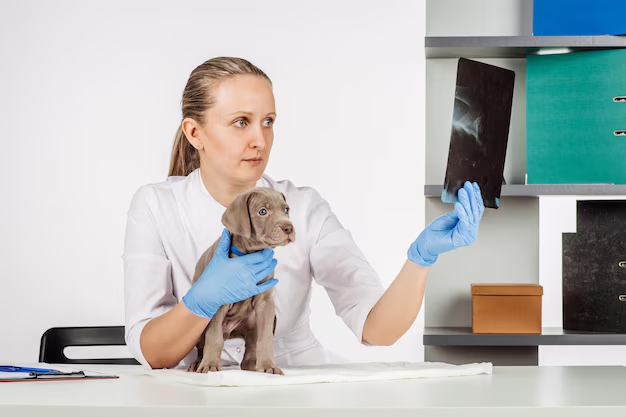How to Become a Veterinary Radiologist: Essential Degrees, Certifications, and Licenses
Becoming a veterinary radiologist requires a specialized path that begins with a strong foundation in veterinary medicine. The journey to this fulfilling career starts with earning a Doctor of Veterinary Medicine (DVM) degree from an accredited veterinary school. After obtaining a DVM, aspiring veterinary radiologists must complete a one-year internship to gain practical experience in general veterinary practice. Following the internship, a 3-4 year residency program in veterinary radiology is essential, providing in-depth training and expertise in diagnostic imaging techniques, such as ultrasound, MRI, and CT scans for animals. This residency is a pivotal step that not only bolsters specialized knowledge and skills but also prepares candidates for the board certification exam.
Achieving board certification from the American College of Veterinary Radiology (ACVR) is a crucial credential that signifies proficiency and excellence in the field. This certification entails rigorous examination and is a testament to a veterinary radiologist's commitment to high standards of care in diagnosing and treating animal patients. With these qualifications, professionals are well-equipped to advance in their careers and contribute significantly to veterinary medical teams. Investing in these educational and training opportunities is vital for those dedicated to excelling in the rewarding field of veterinary radiology.
Educational Pathway:
-
🎓 Doctor of Veterinary Medicine (DVM) Degree: The foundational degree for aspiring veterinary radiologists.
-
🏥 Internship: 1-year general veterinary practice internship to gain practical experience.
-
🎯 Residency in Veterinary Radiology: 3-4 years of specialized training focusing on diagnostic imaging techniques.
-
🏆 Board Certification: Achieve certification from the American College of Veterinary Radiology (ACVR) to validate expertise.
